A simple bread for dinner or rather something curly to divide? Check out this Challah recipe that will makes every occasion divine!
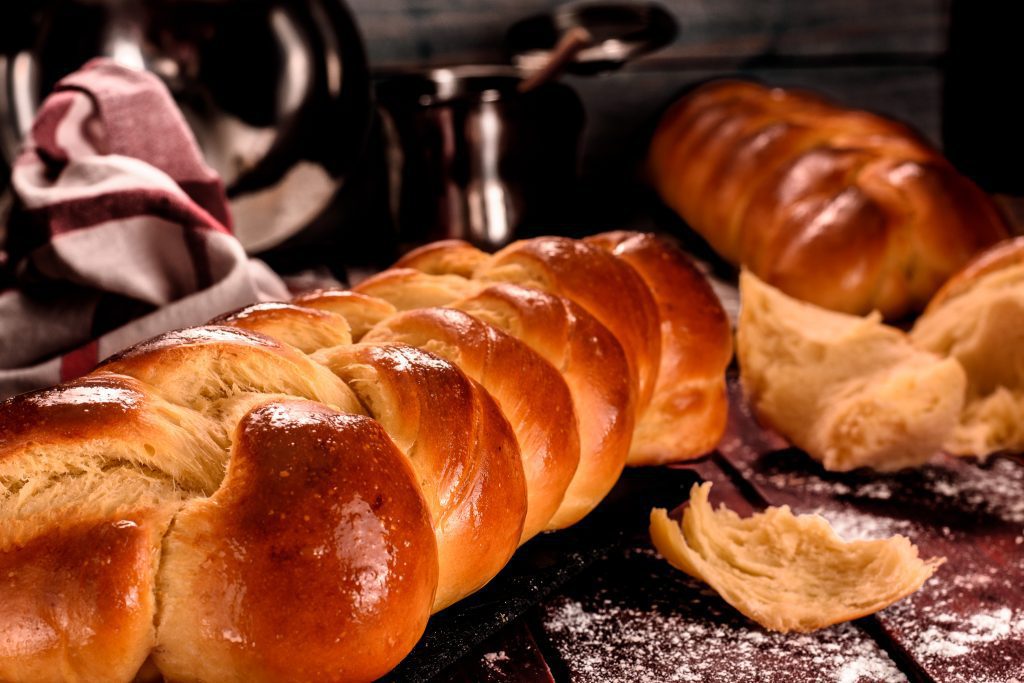
Challah is Jewish braided bread, typically eaten on ceremonial occasions but thanks to food cultural expansion during the centuries, now it is enjoyed by many other bread lovers around the world.
Originally Challah was only meant a little piece of the dough that according to Jewish traditions needs to be set aside as offering to God, later the name stuck to the whole braided thing.
If its braided form and deep golden-brown crust wouldn’t be enough to increase our heart rate or insulin production, Challah has a shortening and eggs enriched sweetened dough that will surely leave us binging for more.
For some inexplicable reasons, we may be tempted to slice it then butter and jam it further, but that is a mistake if we are after a rather unique texture that can be only enjoyed only by tearing our way along braided bread.
Curiously, there is a version called “water challah” that replaces eggs with water and becomes a not enriched dough similar to a bread, which was actually the original form of Challah.
Over time, the fancier version took hold in everyone’s mind and more importantly table, thus, to find a way to distinguish one from the other the old one was labelled as “Water Challah” and the fancier version carried with the “Challah” name.
Where Challah will go from here is yet to be seen. Progress is a messy process that develops over time and unless we give up on our existence to be the light in the darkness, we are in the lucky position to see through this part of its journey, one bite at a time.
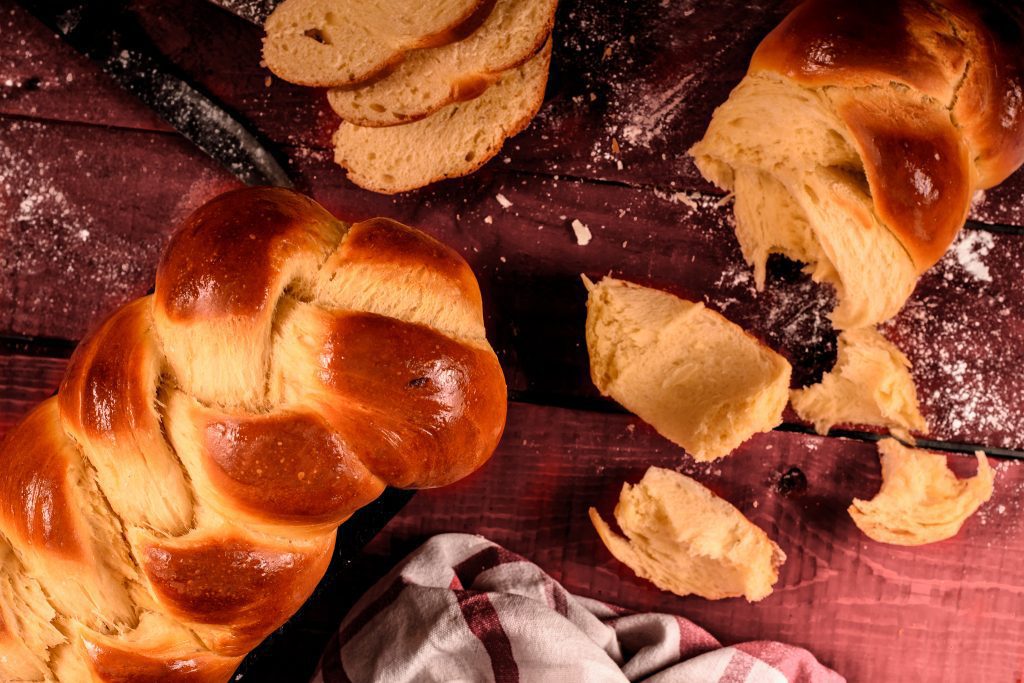
Ingredients
- 4 cups / 500g Plain white flour
- ½ cup / 120g Water (lukewarm)
- 6 tablespoons / 65g Cooking oil
- 3 tablespoons / 60g Honey or sweetener of choice
- 1 medium / 50g Egg
- 1 medium / 20g Egg yolk
- 1½ teaspoon / 9g Salt
- 1 teaspoon / 5g Fresh yeast
- 1 medium / 30g Egg white (eggwash)
- Optional
- 1 teaspoon / 5g Vanilla extract
- 1 teaspoon / 3g Poppy seed
- 1 teaspoon / 3g Sesame seed
How to make Challah
- Knead plain white flour, water, cooking oil, honey or sweetener of choice, egg, egg yolk, salt and fresh yeast until an uniform texture is achieved.

- Too much water will yield softer dough which is still fine but it’s harder to work with later.

- Place the dough into a big bowl.

- Put the bowl into a 68°F – 81°F /20°C – 27°C corner to double, about 45 – 90 minutes.

- Take the dough out, gently form it into a ball so it will be easier to divide it into three close to equal parts.

- Roll them into ropes. There are no rules here, we made into 23″ / 60cm long ones.

- Pinch the ends of the ropes together.

- Braid the challah.

- Pinch the ends and tuck it under the dough so it won’t stick out, In this way we create a smooth looking challah.

- Place the challah onto a parchment paper lined baking sheet.

- Cover the challah with a wet damp cloth to prevent drying it out then put it into a 68°F – 81°F /20°C – 27°C corner to raise for 45 – 60 minutes.

- Leaving it to raise too long, especially with soft dough, can cause the braids to grow together
 so mind to start preheating the oven in time or face losing the braids.
so mind to start preheating the oven in time or face losing the braids.
- Brush it with egg whites only, egg wash. Optionally, add some vanilla extract to the egg whites. Once it’s done, we can also sprinkle some sesame or poppy seeds on top.

- Put the challah into the middle rack of a 375°F/190°C preheated oven until a kitchen thermometer registers about 195°F / 90°C in the middle of the challah which should happen when the top is golden brown, about 20 – 25 minutes.

- The challah can be baked at a lower 350°F / 180°C temperature but it will not raise that much during baking. Also if the yellow dough part isn’t desirable, take the dough out of the oven after the initial 10 minutes of baking and apply more egg wash onto the cracks then put the challah back to be baked properly. This will result less raising and also more even golden brown color at the end of baking.

Enjoy!
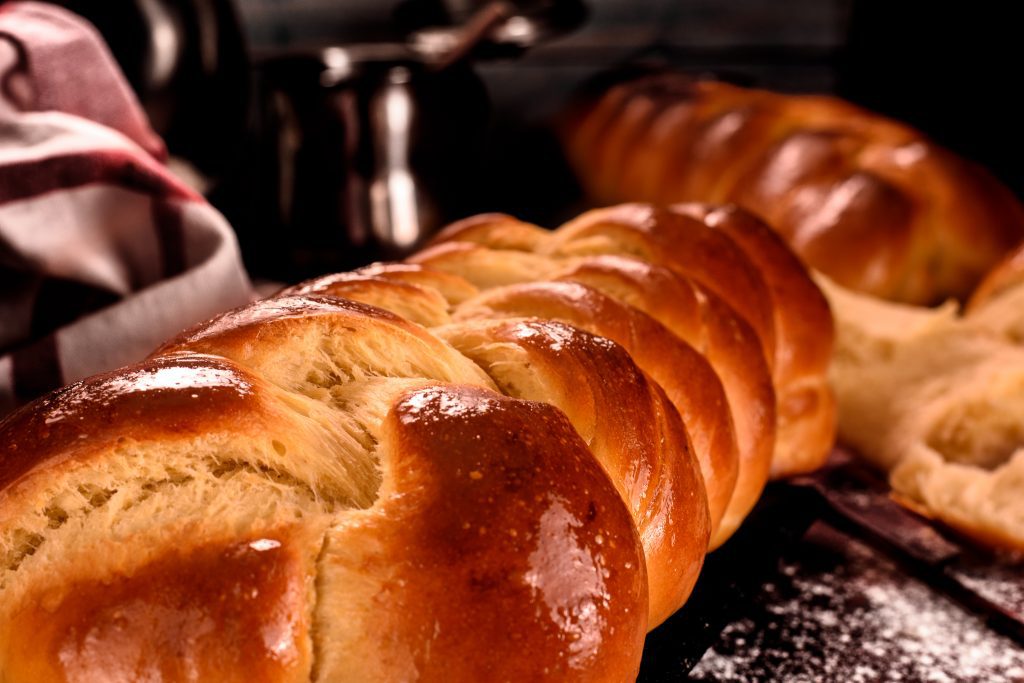
Eager to bake more bread with milk and fat?
Challah Recipe
Ingredients
- 4 cups Plain white flour
- ½ cup Water lukewarm
- 6 tablespoons Cooking oil
- 3 tablespoons Honey or sweetener of choice
- 1 medium Egg
- 1 medium Egg yolk
- 1½ teaspoon Salt
- 1 teaspoon Fresh yeast
- 1 medium Egg white eggwash
- Optional
- 1 teaspoon Vanilla extract
- 1 teaspoon Poppy seed
- 1 teaspoon Sesame seed
Instructions
- Knead plain white flour, water, cooking oil, honey or sweetener of choice, egg, egg yolk, salt and fresh yeast until an uniform texture is achieved.

- Too much water will yield softer dough which is still fine but it’s harder to work with later.

- Place the dough into a big bowl.

- Put the bowl into a 68°F – 81°F /20°C – 27°C corner to double, about 45 – 90 minutes.

- Take the dough out, gently form it into a ball so it will be easier to divide it into three close to equal parts.

- Roll them into ropes. There are no rules here, we made into 23″ / 60cm long ones.

- Pinch the ends of the ropes together.

- Braid the challah.

- Pinch the ends and tuck it under the dough so it won’t stick out, In this way we create a smooth looking challah.

- Place the challah onto a parchment paper lined baking sheet.

- Cover the challah with a wet damp cloth to prevent drying it out then put it into a 68°F – 81°F /20°C – 27°C corner to raise for 45 – 60 minutes.

- Brush it with egg whites only, egg wash. Optionally, add some vanilla extract to the egg whites. Once it’s done, we can also sprinkle some sesame or poppy seeds on top.

- Put the challah into the middle rack of a 375°F/190°C preheated oven until a kitchen thermometer registers about 195°F / 90°C in the middle of the challah which should happen when the top is golden brown, about 20 – 25 minutes.

Notes
Nutrition
Pin now, Enjoy later!
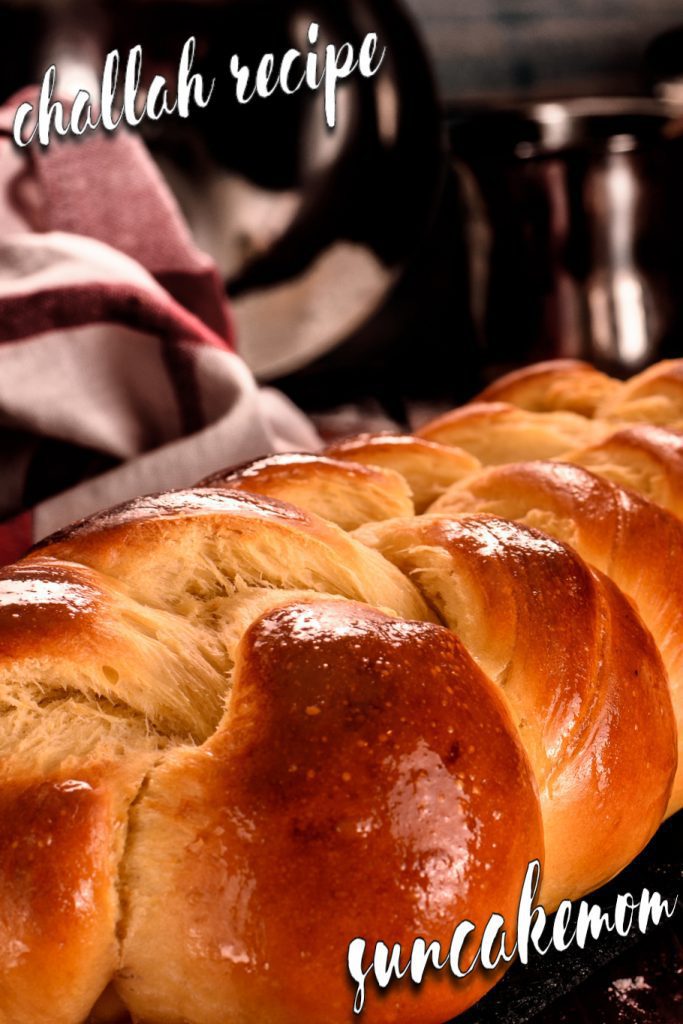
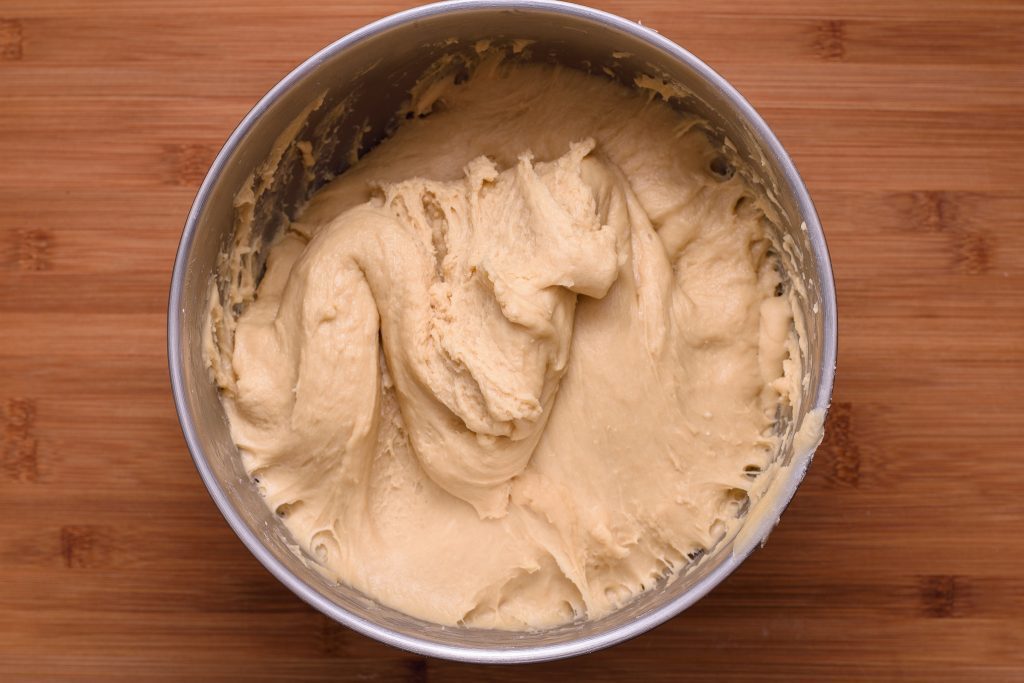
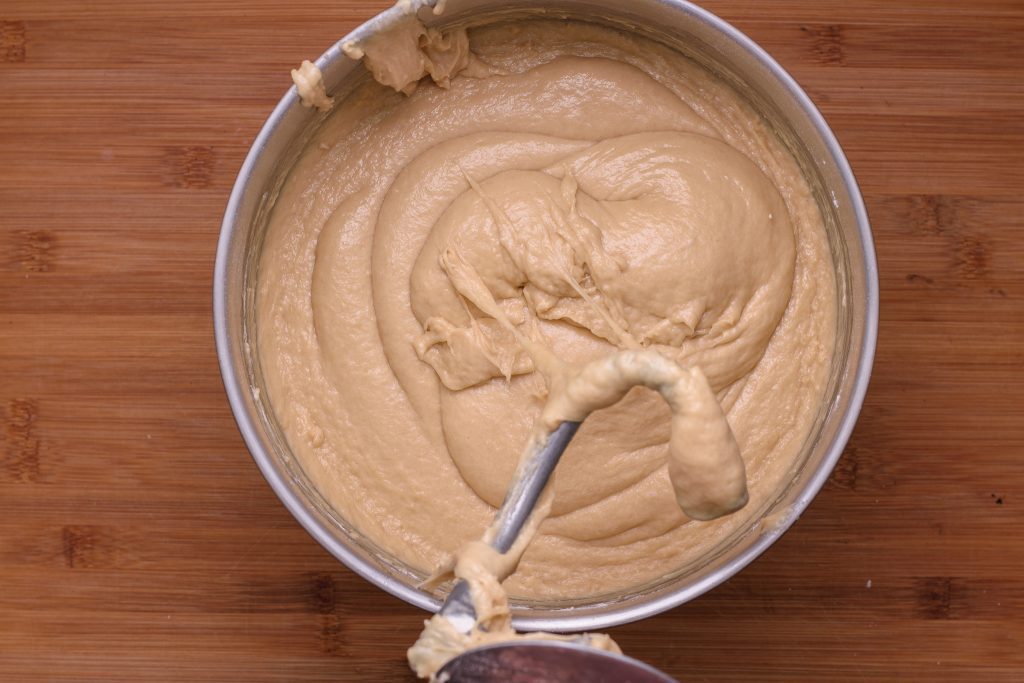
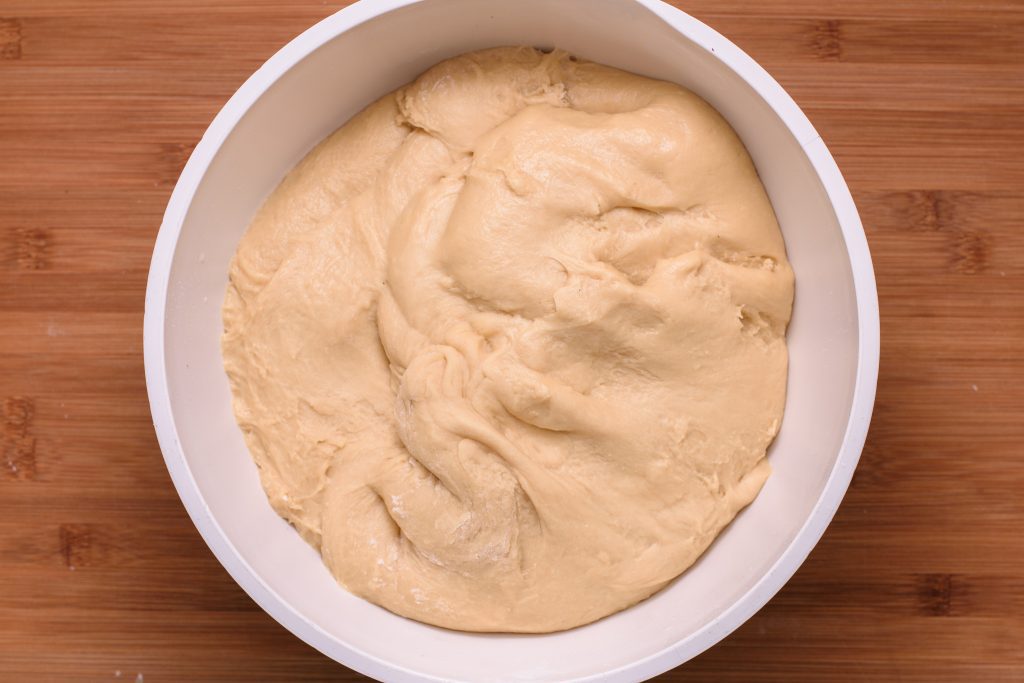
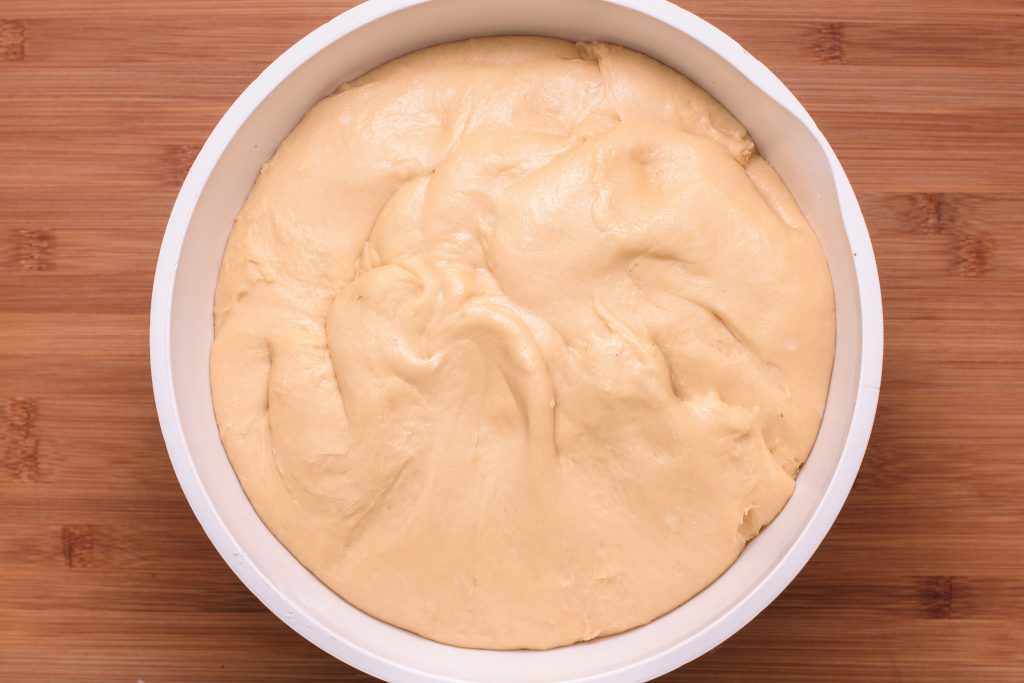
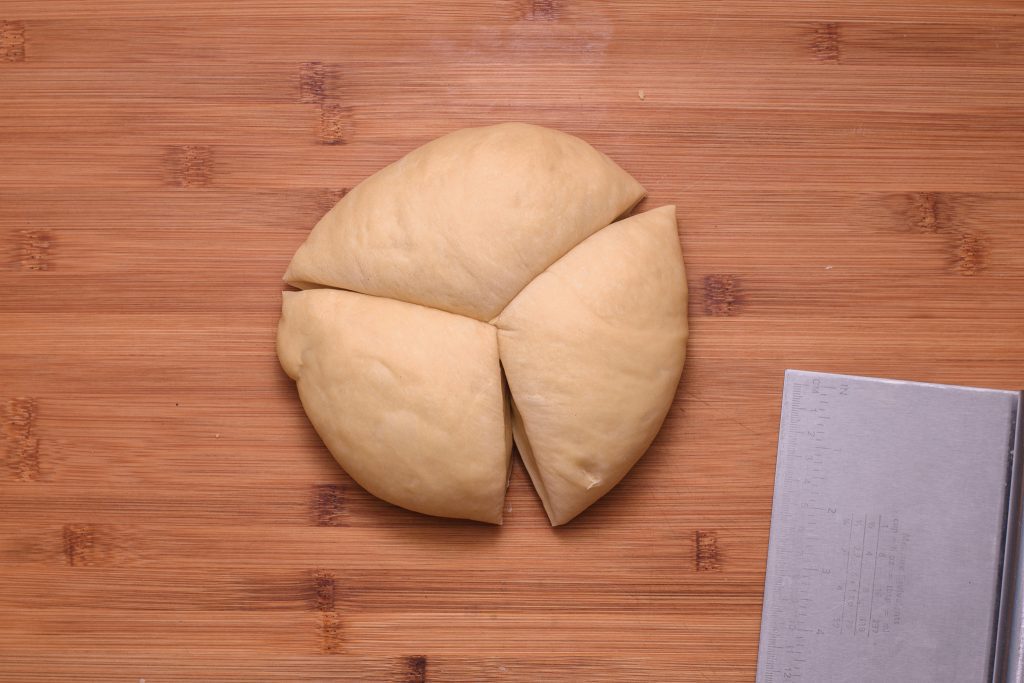
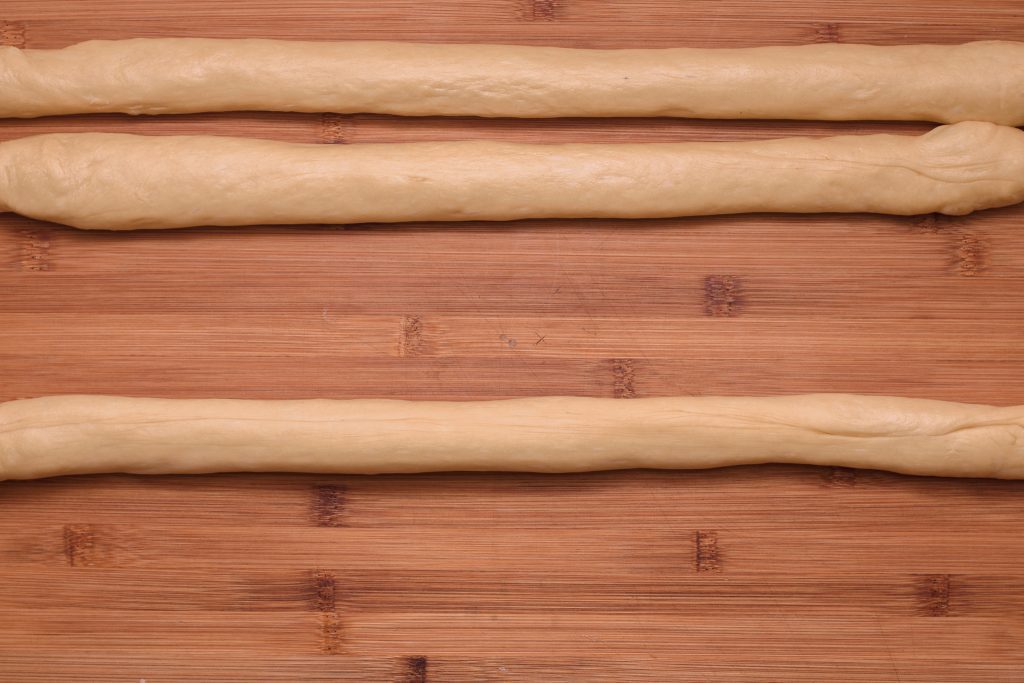
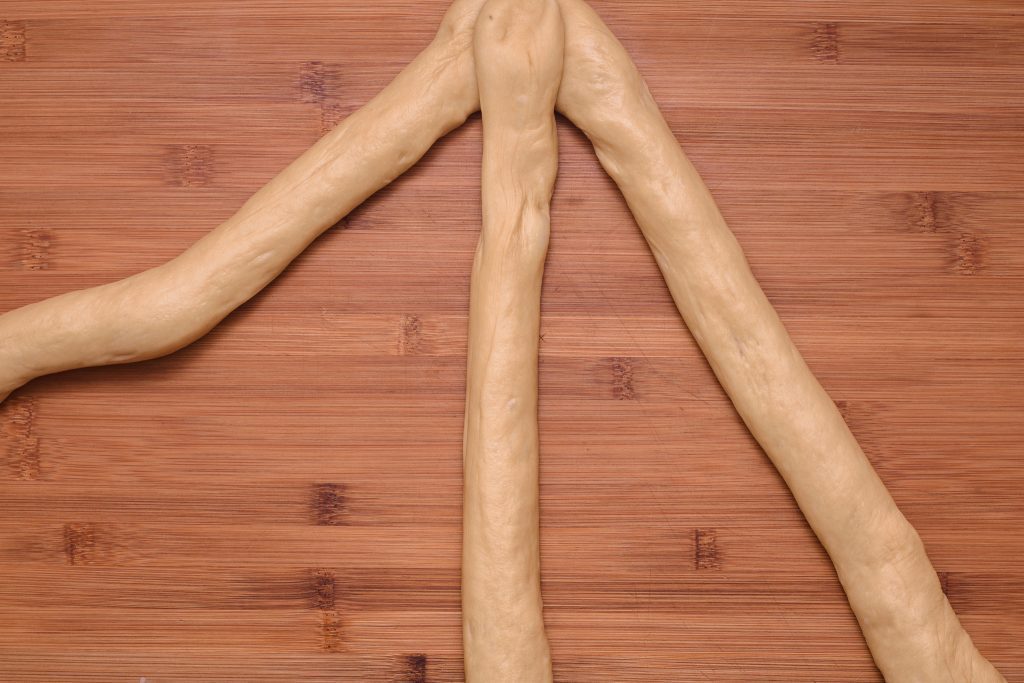

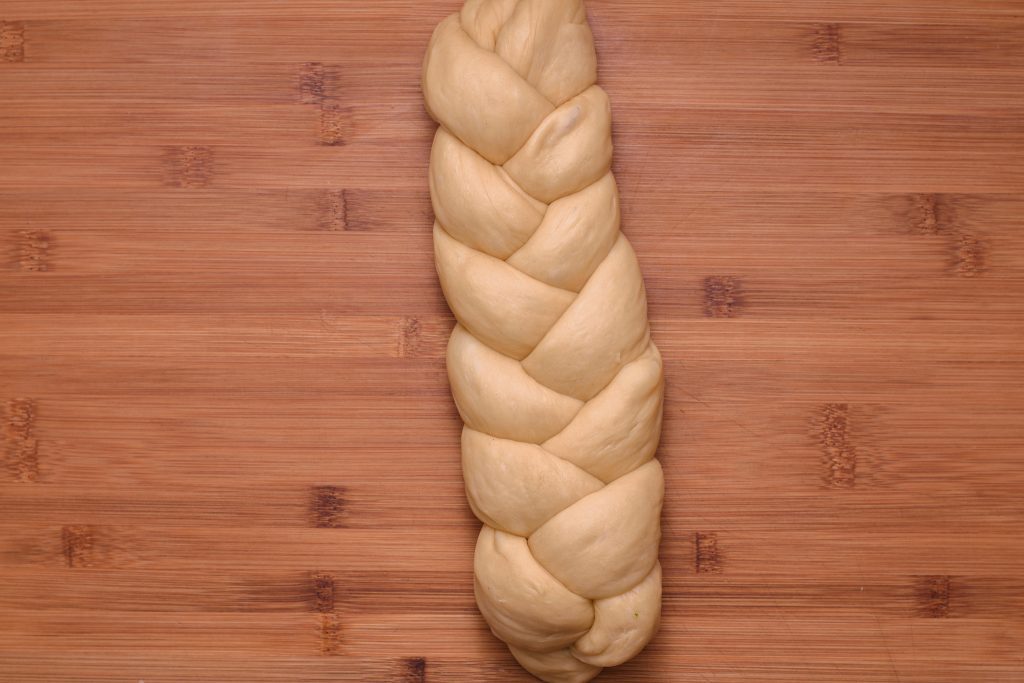

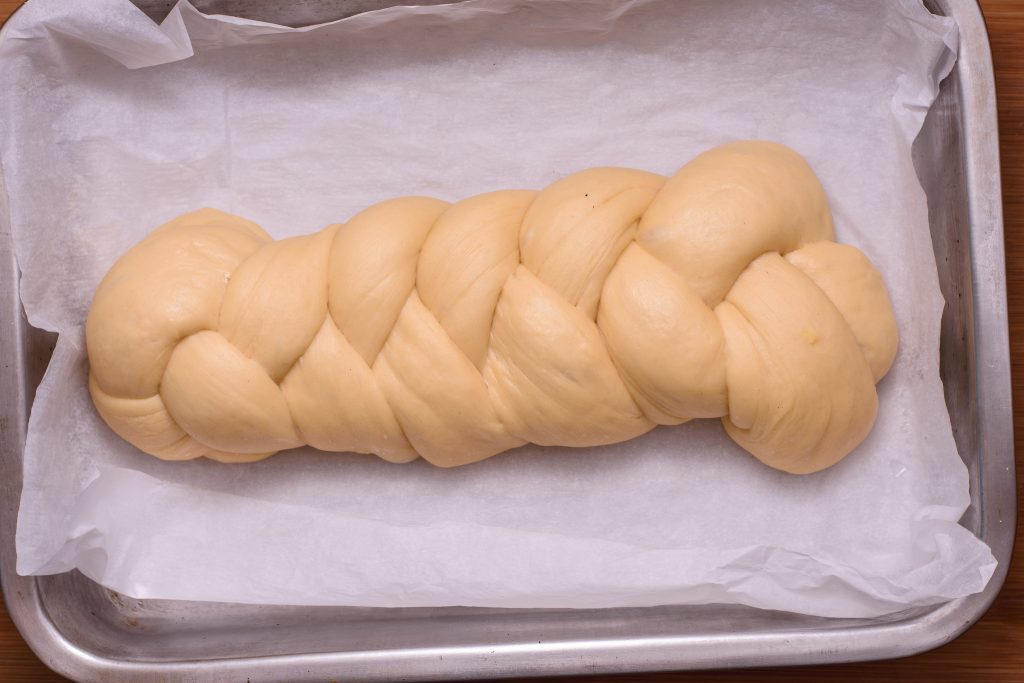
 so mind to start preheating the oven in time or face losing the braids.
so mind to start preheating the oven in time or face losing the braids.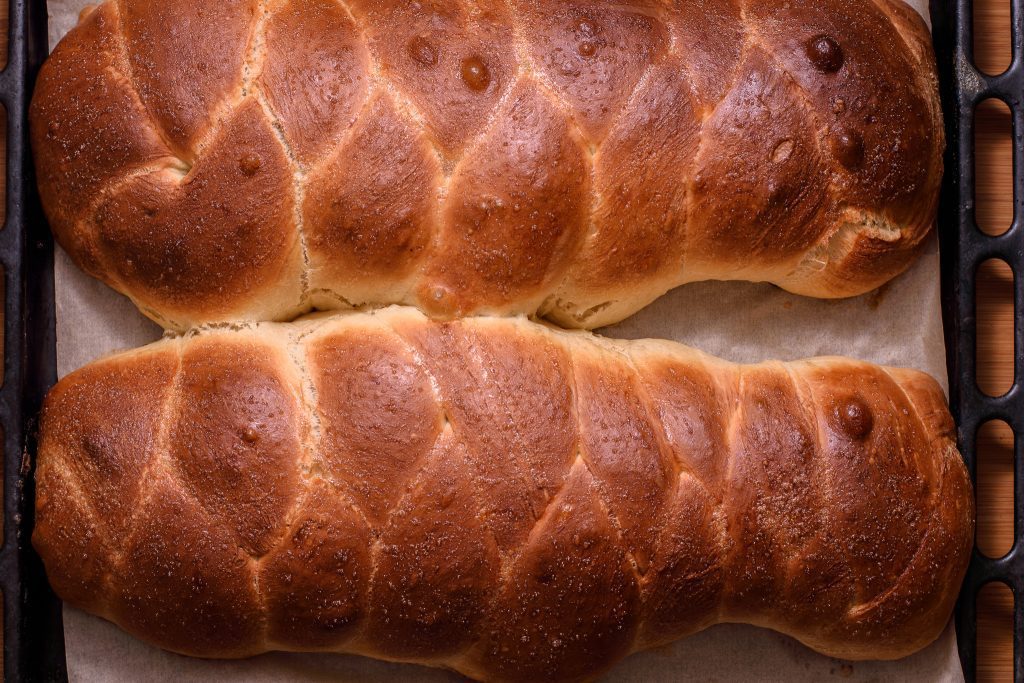
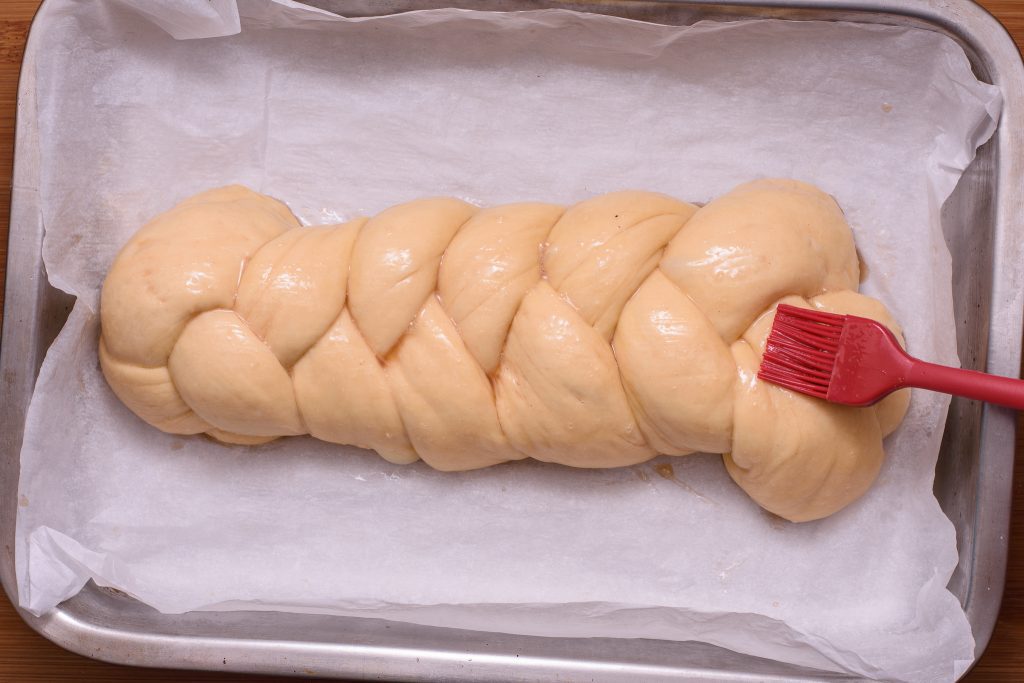
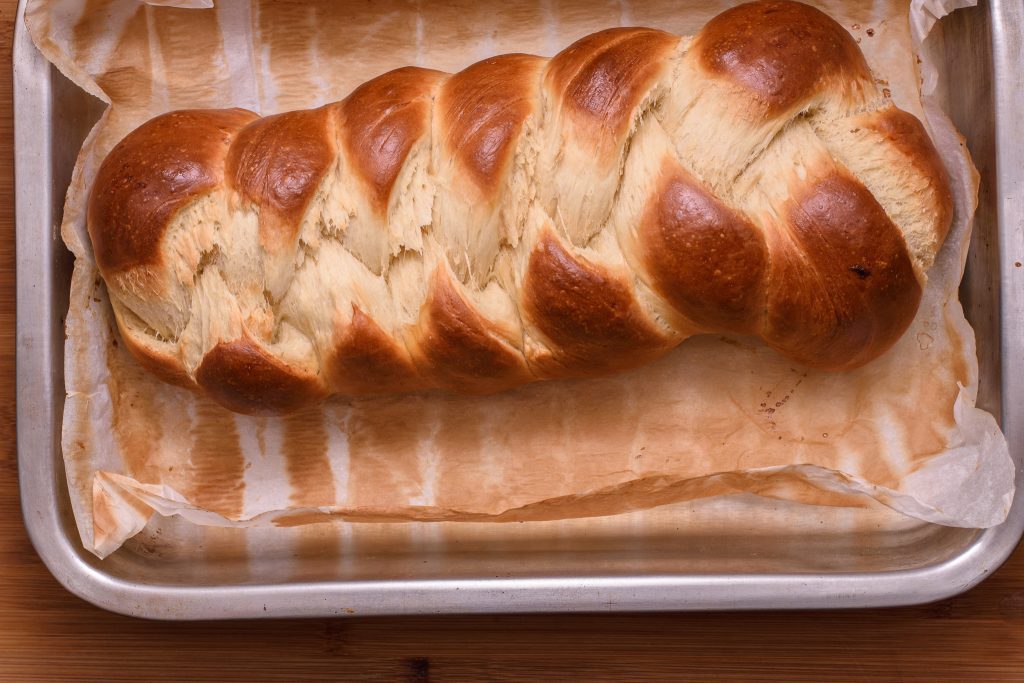
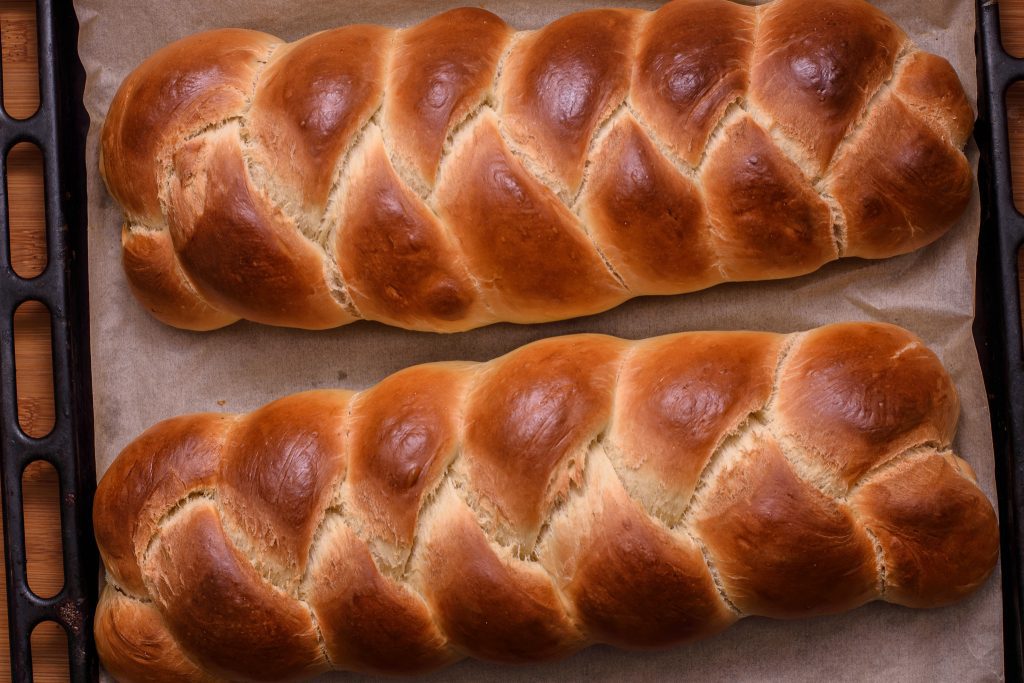
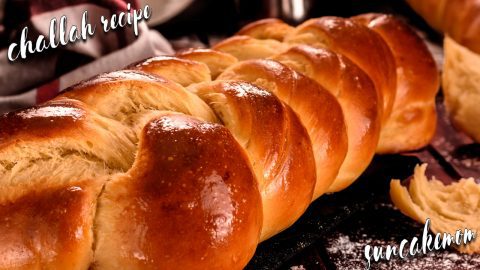

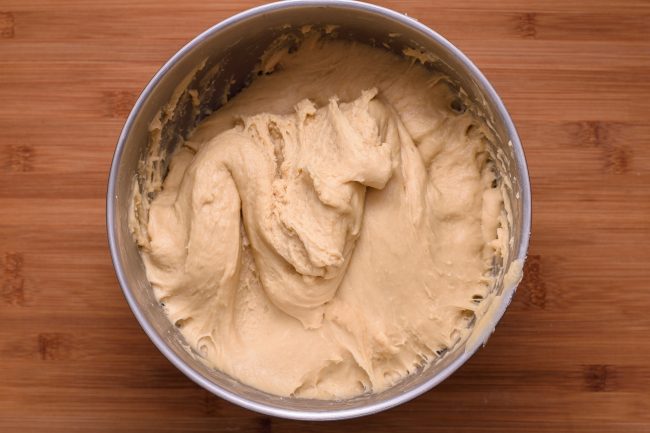
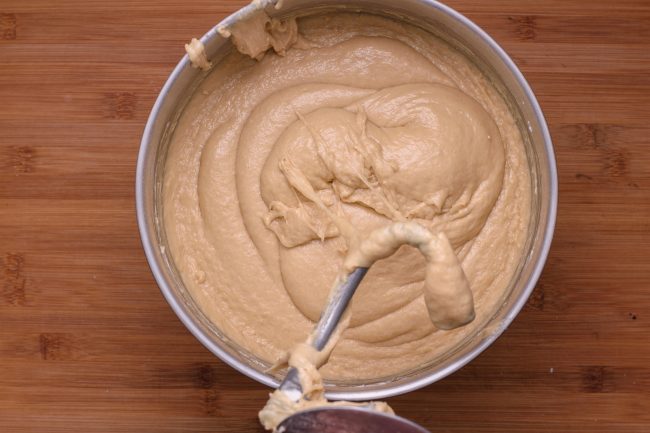
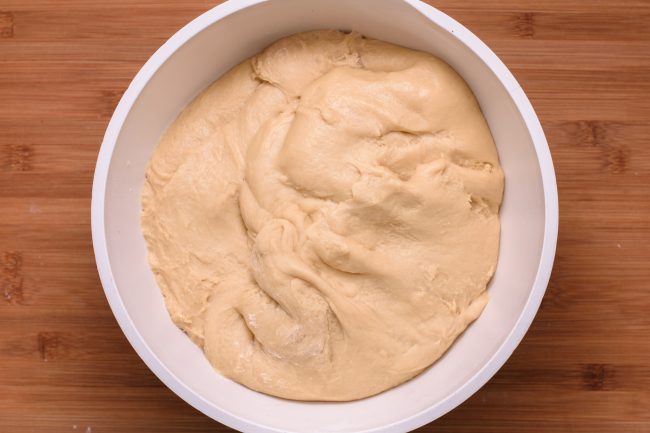
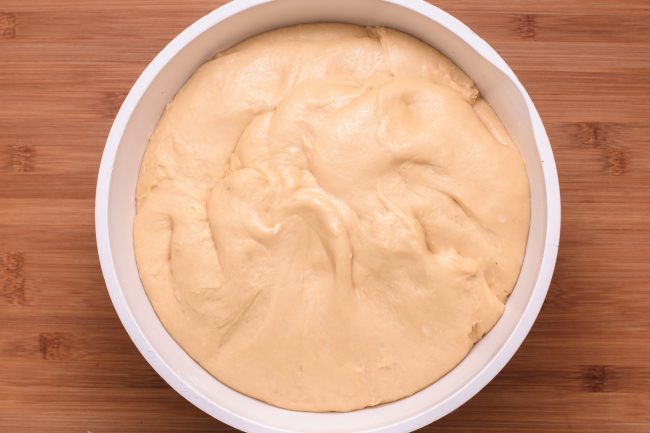
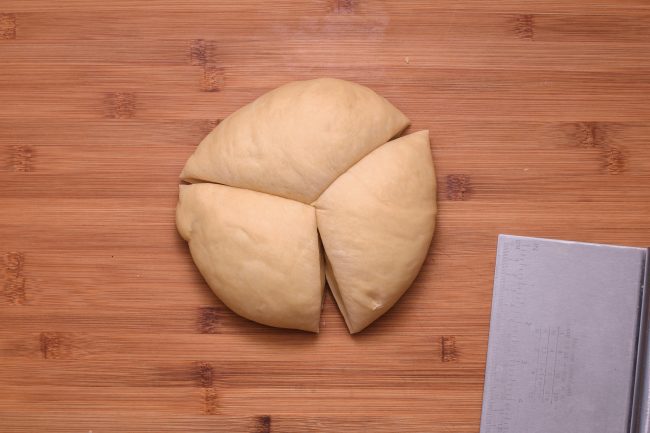
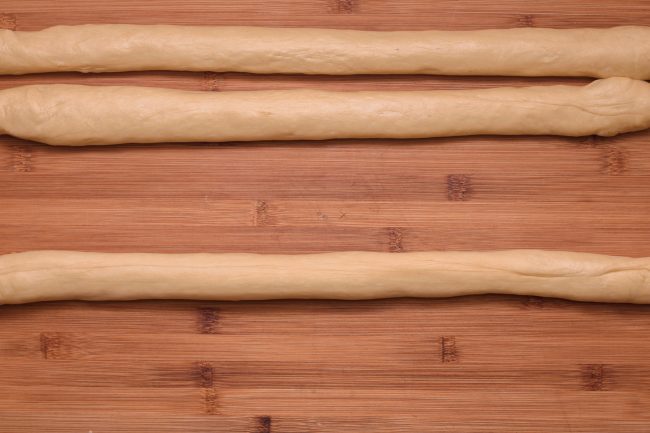
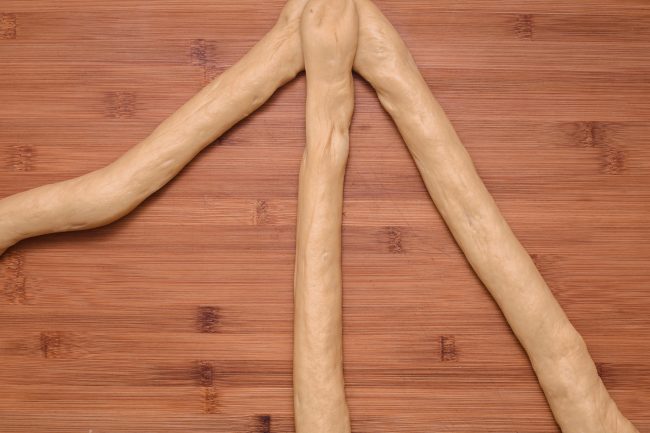

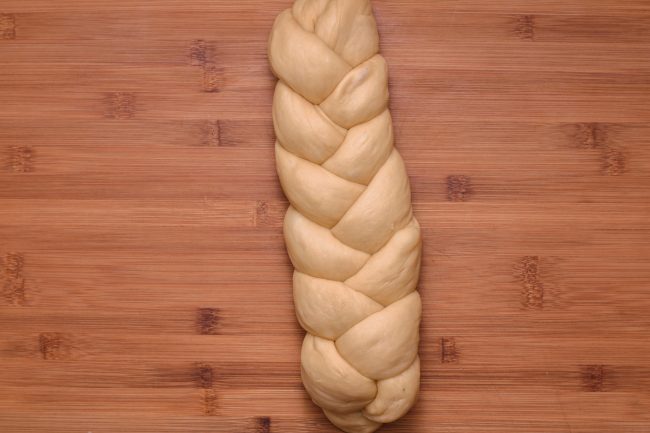
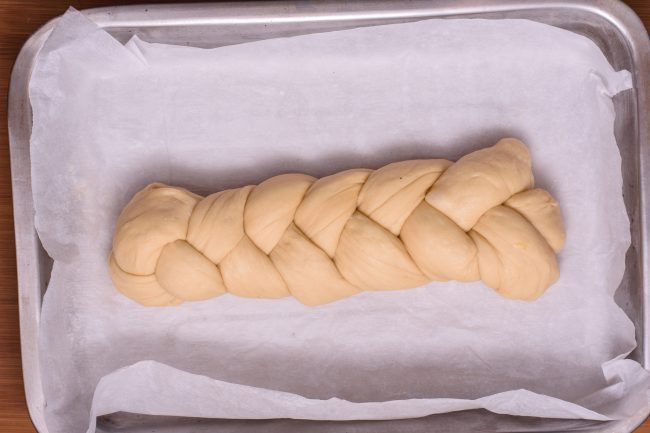
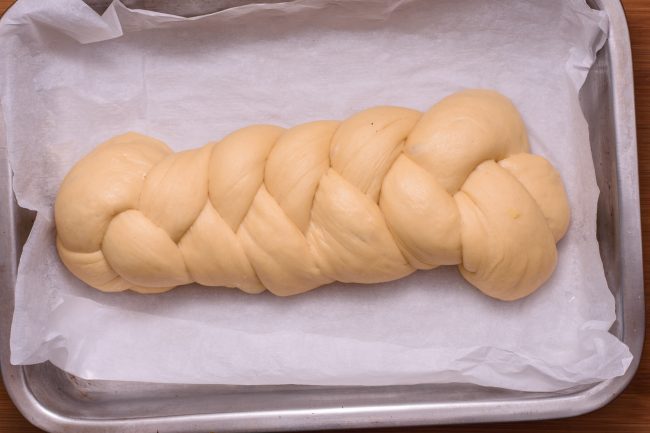
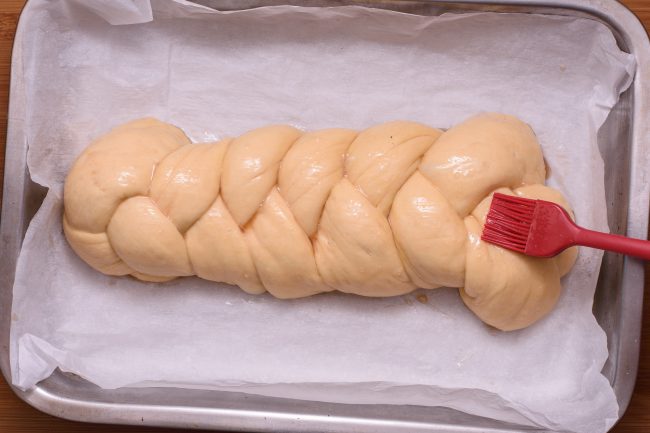
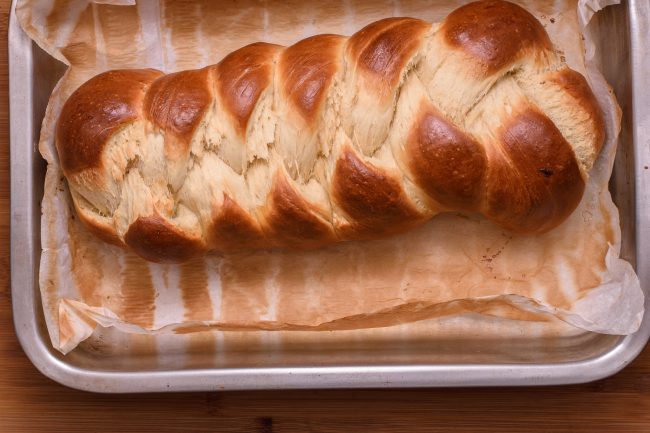
Hello. Looks delicious, but with this you don’t have to prepare, premake the yeast with milk?
Hi! Happy to see you here and thanks for asking! The simple answer is no. Proofing the yeast was an old method to make sure the yeast is working. Nowadays,
when we work with instant yeast or fresh yeast with best before dates, it’s a completely useless step in all baking recipes. Here you can find some useful information about baking with yeast: https://www.suncakemom.com/knowledgebase/how-to-bake-with-yeast